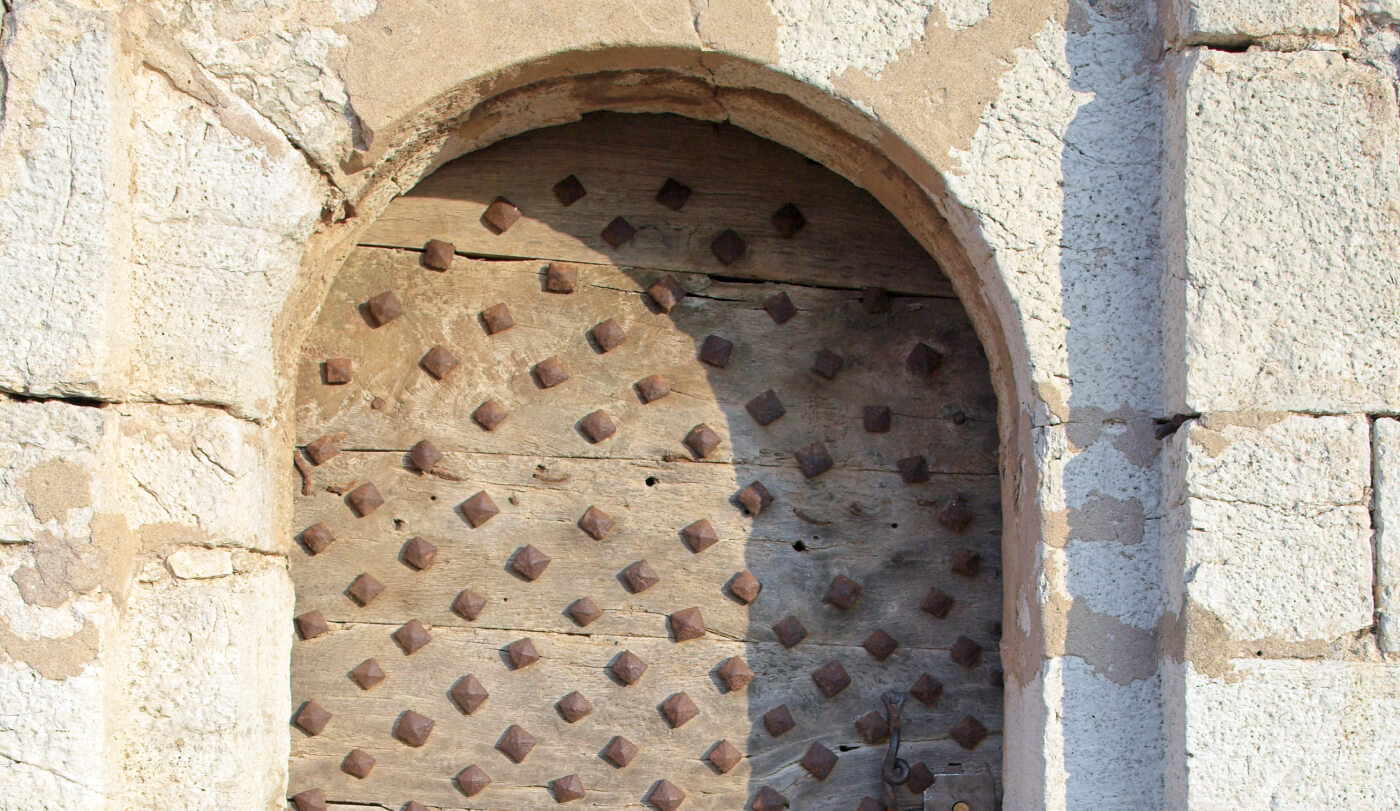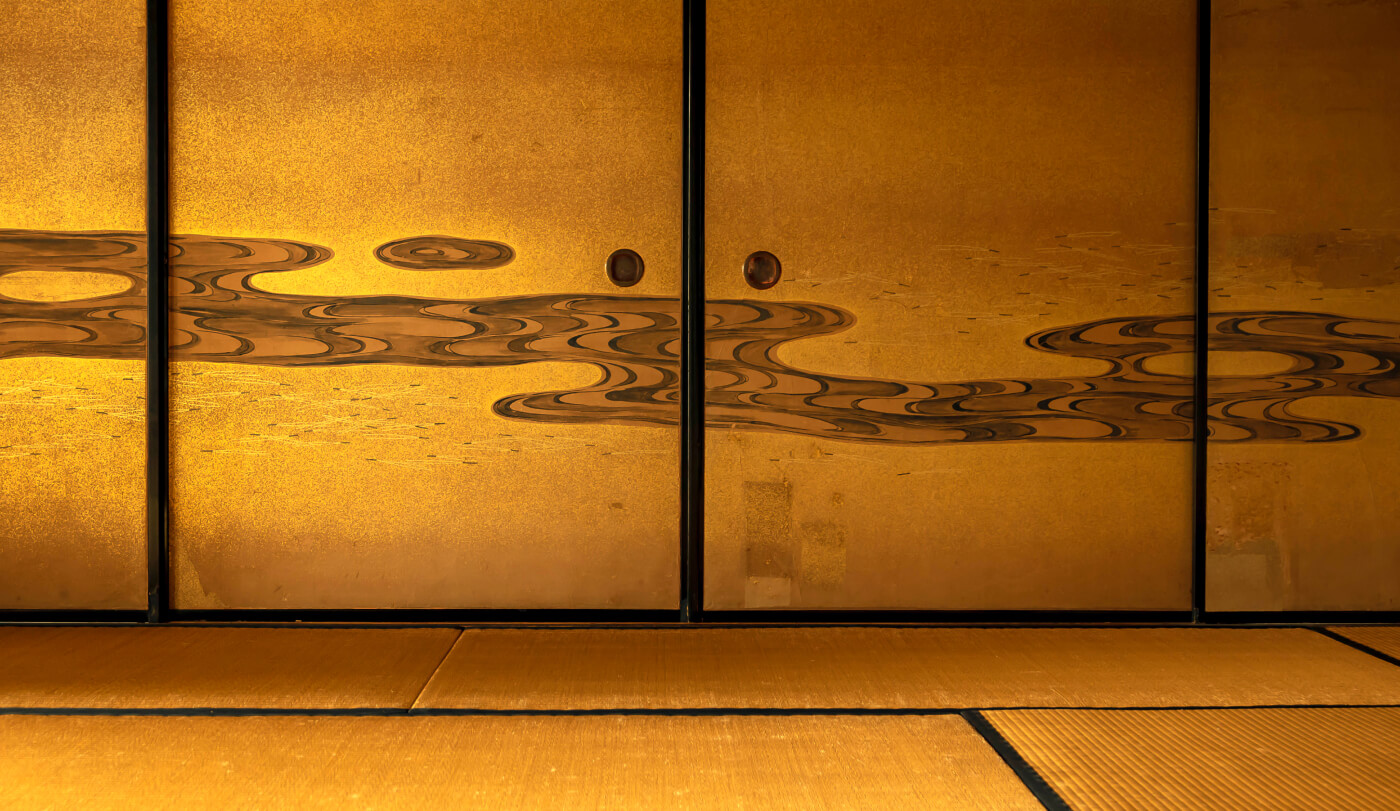History of Doors
Doors have been essential parts of buildings for thousands of years.
But where did they come from?
Early humans likely invented doors out of necessity. Back in the Stone Age, placing a rock in front of a cave offered some protection from wild animals or cold winds. Today, doors come in various shapes, sizes, materials, and colors, and door technology is advancing rapidly. Let’s look at the evolution of doors through history and across cultures.
Get a Free Quote
Contact us today for a free quote and find the perfect door for your needs, style, and budget.














